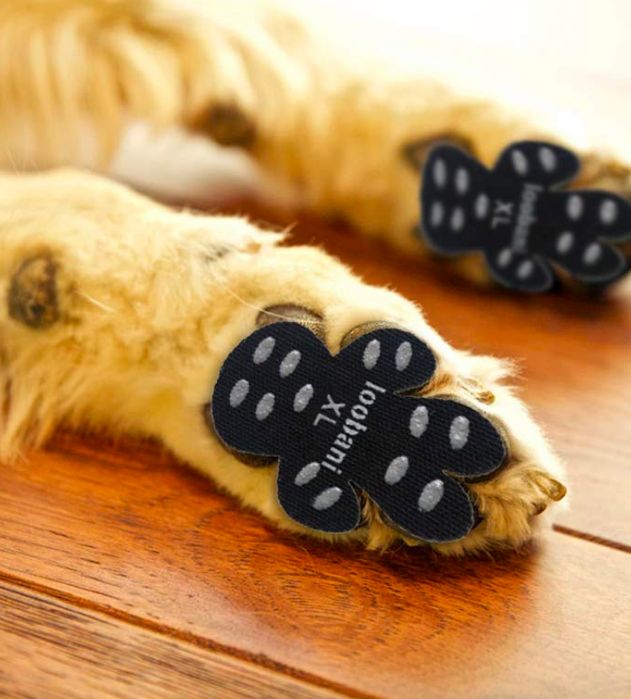
Winter poses unique challenges for your dog’s paws due to cold temperatures, ice, snow, and salt. Here are detailed tips to take Care for Dog’s Paw in Winter, paw healthy and comfortable during the cold weather.
1. Use Protective Footwear
Dog Booties: Invest in quality dog booties to protect your dog’s paws from cold, ice, and salt. Ensure they fit well and are comfortable for your dog.
- Acclimation: Gradually acclimate your dog to wearing booties indoors before using them outside.
2. Clean Paws After Walks
Rinse and Dry: After your dog’s winter walk, give their paws a warm water spa treatment to wash away the salt, ice, and chemicals. Then, pamper them with a thorough drying session to prevent any fungal infections.
- Inspect Regularly: Check for cuts, cracks, or lodged debris. Salt and ice can cause abrasions and irritation.
3. Moisturize Paws
- Paw Balm: Apply a protective paw balm or petroleum jelly before and after walks to keep paw pads moisturized and prevent cracking. Look for products with natural ingredients like shea butter or coconut oil.
- Avoid Indoor Heating: Prolonged exposure to dry indoor heat can dry out paw pads. Use a humidifier to maintain indoor humidity.
4. Trim Paw Hair
- Keep Hair Short: Trim the hair between your dog’s paw pads to prevent ice balls from forming. This also reduces the accumulation of salt and snow.
- Regular Grooming: Regular grooming helps keep the paws clean and reduces the risk of matting.
5. Avoid Hot Pavement and Metal Surfaces
- Cold Metal: Be aware that metal grates and maintenance hole covers can be extremely cold and may cause frostbite. It’s important to avoid walking your dog on these surfaces to protect their paws.
- Safe Routes: Stick to grassy areas or snow-covered paths whenever possible.
6. First Aid for Frostbite
- Immediate Care: If you suspect frostbite, gradually warm the affected area using warm (not hot) water. Avoid rubbing the paws, as this can cause more damage.
- Vet Consultation: Seek veterinary care for proper treatment if there are signs of frostbite, such as pale, rigid, or blistered skin.
7. Limit Outdoor Exposure
- Short Walks: Limit the length of walks during freezing weather. Opt for multiple shorter walks rather than one long walk.
- Indoor Activities: Engage your dog in indoor activities when it’s too cold outside to keep it mentally and physically stimulated.
8. Keep Nails Trimmed
- Regular Trimming: Keep your dog’s nails trimmed to ensure proper paw function and reduce the risk of injury on icy surfaces.
By diligently following these tips, you can confidently take Care for Dog’s Paw in Winter to remain it healthy and comfortable throughout winter. Remember, proper paw care is not just essential, it’s within your capabilities, and it’s a key factor in your dog’s well-being and happiness during the colder months.
